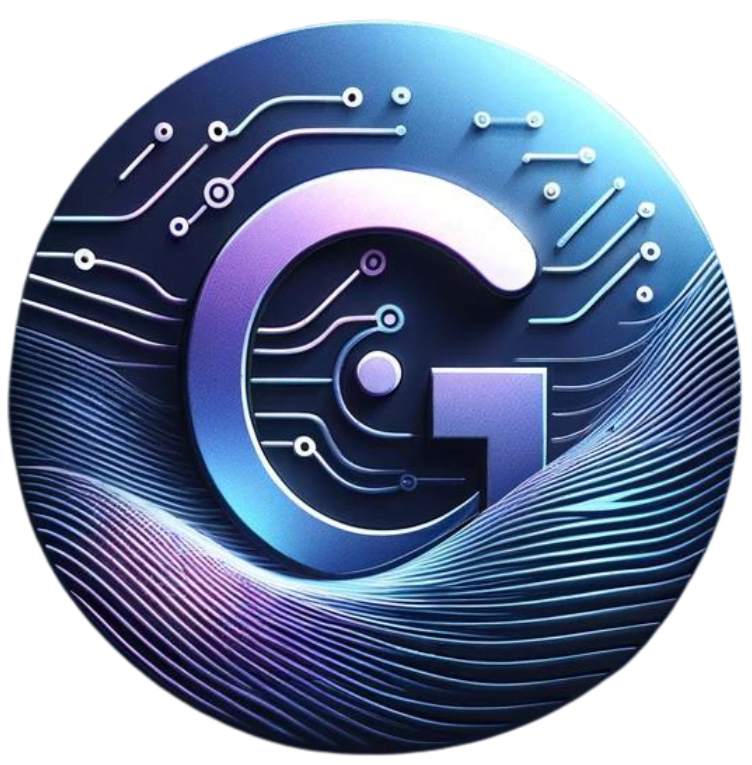How Powerful Emotional Storytelling Wins Hearts in the AI Age

Introduction
In today’s marketing world, powerful emotional storytelling still wins hearts, even in the age of artificial intelligence. Sure, AI can write ads, analyze data, and automate campaigns, but it can’t feel. And feeling — that deep emotional connection between brand and audience — is what keeps people coming back.
No matter how advanced automation becomes, people connect through shared experiences and emotions, not algorithms. That’s why stories that make us laugh, cry, or dream still outperform even the most optimized digital campaigns.
The Science Behind Emotional Storytelling
Research shows that emotion drives as much as 95% of consumer decision-making. People may think they’re making logical choices. They might compare prices or features. However, their final decisions are guided by how they feel.
Emotions activate the limbic system in the brain, which governs motivation and memory. That’s why emotionally charged stories don’t just grab attention; they stay with us.

From Data to Emotion — Bridging the Gap
Artificial intelligence can analyze trends and predict behavior, but it doesn’t understand human nuance. AI might know what someone wants, but not why they want it.
That’s where marketers step in. The data points are the foundation, but the story is the bridge. We use emotion to turn analytics into authenticity — connecting numbers with narratives.
Why Emotional Storytelling Still Wins
Facts inform, but stories inspire. Emotional storytelling cuts through the noise of automation. It speaks to the human condition by addressing hope, fear, joy, and empathy.
A campaign that makes someone feel something is one they’ll remember. That’s how brands create fans, not just followers.
The Trust Factor
In an era of digital skepticism, trust is everything. Emotional authenticity builds that trust.
Take Dove’s “Real Beauty” campaign, for example. Dove flipped the beauty industry on its head by celebrating real women instead of airbrushed models. The result wasn’t just a marketing win — it was a cultural shift. People didn’t just buy the product; they believed in the message.
The Recall Advantage
Emotion improves memory retention. In fact, consumers remember emotional content up to three times longer than rational messages.
One of the best examples is Google’s “Parisian Love” commercial. It tells a love story entirely through search queries. There is no narration and no actors. Yet, millions were touched by its simplicity and humanity.
That’s the magic of storytelling: even technology can tell a human story when guided by emotion.
How AI Enhances Storytelling (When Done Right)
AI isn’t the enemy of emotion — it’s the amplifier. Tools like ChatGPT, Jasper, and Midjourney help marketers brainstorm storylines, refine tone, and test emotional impact.
Think of AI as your creative co-pilot. It helps shape and distribute your story faster. However, it can’t replace the empathy behind it.
The Human + AI Collaboration Model
When human emotion meets AI precision, incredible things happen.
Just look at Coca-Cola’s “Create Real Magic” campaign. The company invited creators to use AI tools to remix Coke’s brand imagery, blending nostalgia with innovation. The campaign didn’t just celebrate technology — it celebrated creativity.
Building Emotional Resonance in a Digital World
Every day, your audience scrolls past thousands of ads. Most they’ll forget — unless something makes them feel.
That’s why emotional storytelling still outperforms AI-generated copy. A heartfelt message, a real story, or a moment of vulnerability can stop a scroll faster than any headline algorithm.
The Power of Relatability
People connect with people — not perfection.
Relatable, human stories perform better than polished ads. The teacher, the builder, the single parent — these are the heroes modern audiences want to see. They represent real life, and real life connects.
Emotional Storytelling Frameworks
1. The Hero’s Journey
Your customer is the hero. Your brand is the mentor guiding them toward transformation.
2. Problem–Solution–Transformation
Identify the pain, introduce the solution, and show the positive outcome.
3. Customer-as-Hero
Shift the spotlight from your brand to your audience. Let their success tell your story.
Practical Steps for Marketers
- Identify the emotion you want to evoke. Inspiration, nostalgia, empowerment — define it first.
- Match visuals and language to tone. Consistency amplifies feeling.
- Track emotional engagement. Monitor shares, comments, and sentiment to measure real impact.
Case Studies: Emotional Storytelling in Action
- Nike’s “Dream Crazy”: Bold, heartfelt, and powerful — it celebrates courage and belief.
- Airbnb’s “Belong Anywhere”: Turns travel into connection, showing that belonging is universal.
- Apple’s “Shot on iPhone”: Everyday users become artists — simple, emotional, and empowering.
Each example proves that when emotion leads, engagement follows.
Common Mistakes to Avoid
- Over-Automation: Letting AI take over the story removes authenticity.
- Forced Emotion: Audiences can feel when something isn’t genuine.
- Ignoring Context: Emotional tone should match your audience’s values.
The Future of Emotional Marketing
The future belongs to brands that blend emotion and intelligence. Emotional AI can recognize tone and sentiment — but real empathy will always come from humans.
Tomorrow’s marketing will rely on technology for efficiency but depend on emotion for effectiveness.
Conclusion
No matter how advanced AI becomes, emotional storytelling will always have the upper hand. It’s not about replacing technology — it’s about infusing it with humanity.
When stories make people feel something real, they don’t just win clicks — they win hearts.
FAQs
1. What makes powerful emotional storytelling so effective?
It builds trust, inspires loyalty, and creates memorable brand connections.
2. Can AI help craft emotional stories?
Yes — AI helps analyze data and optimize delivery, but humans provide empathy and meaning.
3. Which brands use emotional storytelling best?
Nike, Dove, Google, and Coca-Cola are prime examples of emotional storytelling done right.
4. Can emotional storytelling work in B2B?
Absolutely. Emotional storytelling builds trust and humanizes business relationships.
5. How do I measure emotional engagement?
Track sentiment analysis, shares, and qualitative feedback — not just impressions.

